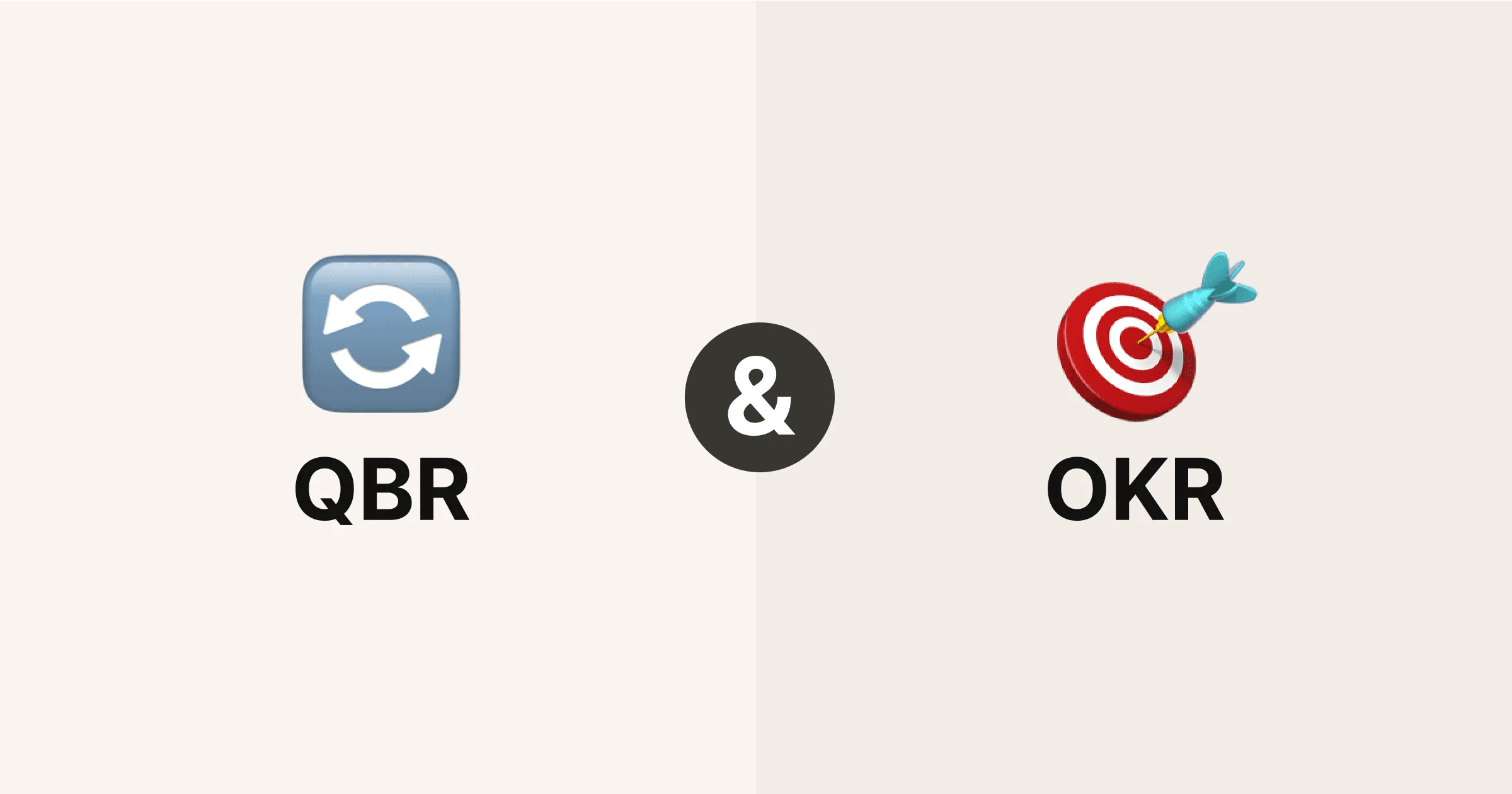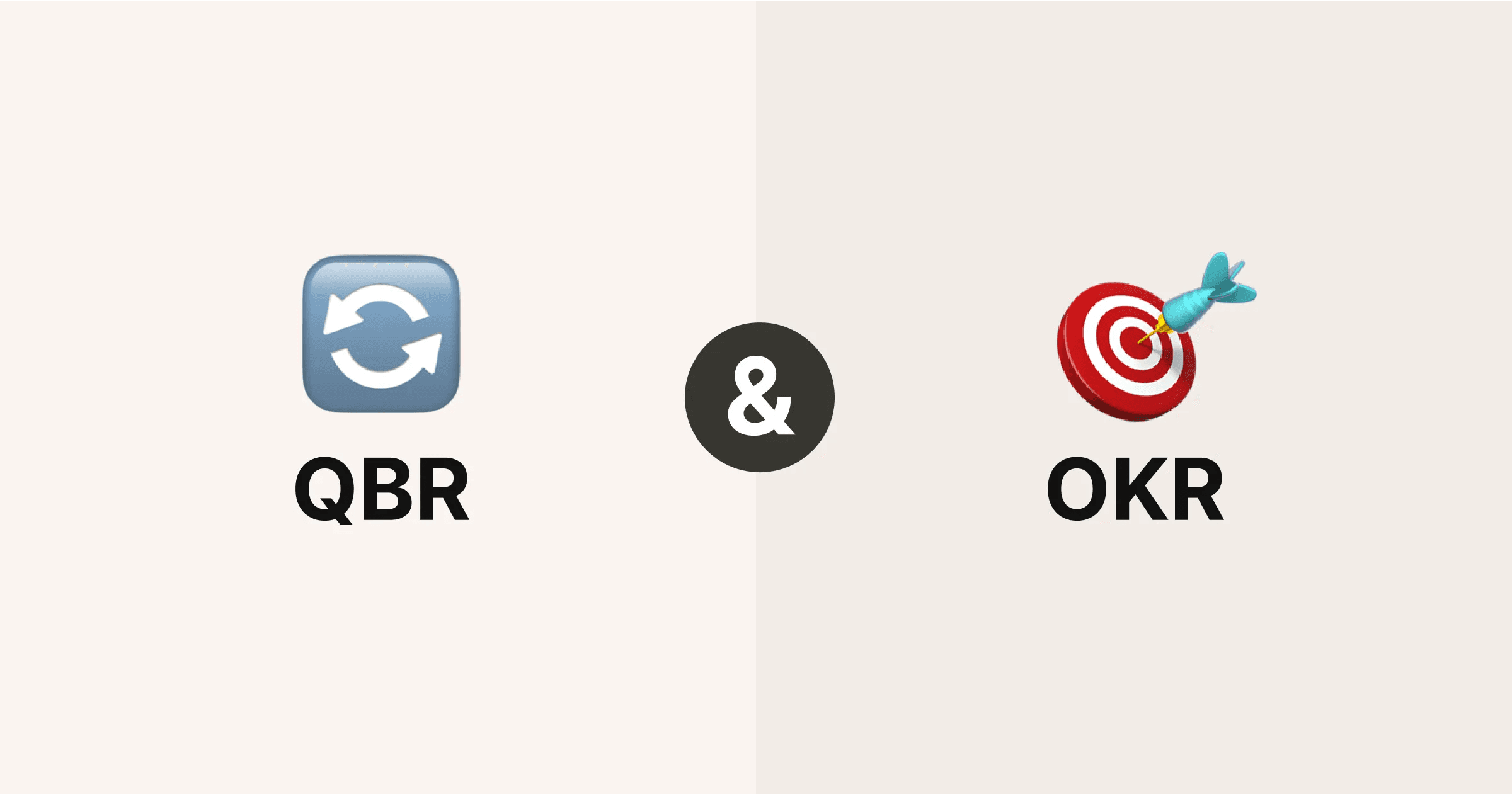When using OKRs, there are two types of goals that one can set: committed and aspirational OKRs.
Understanding the difference between committed and aspirational OKRs can help companies use the OKR methodology according to their preferences, work pace, and ambitions. However, if the difference between the two OKR types is not clear, poor OKRs might be set and the OKR methodology might fail. Thus, properly understanding committed and aspirational OKRs is important.
This guide will clarify the difference between the two OKR types, explain when and how to use them, and lastly, dive into the benefits of OKR software when working with both goal types.
What to expect:
- What are committed and aspirational OKRs?
- How to grade committed and aspirational OKRs
- What are the benefits of committed and aspirational OKRs?
- Deciding between committed and aspirational OKRs
- Creating a balance between committed and aspirational OKRs
- Managing both OKR types with OKR software
- FAQ
What are committed and aspirational OKRs?
Committed OKRs, also known as roof shot goals, are demanding yet achievable goals that teams must complete within a given cycle. In this type of OKR, all Key Results must reach 100% completion within a set timeframe.
Designed to drive performance and tangible results, committed OKRs provide a clear road map regarding what should be focused on and which tasks should be prioritized. They tend to be specific yet challenging, as they push teams to stretch their capabilities while remaining realistic.
Committed OKRs also serve to motivate teams since regularly achieving goals boosts morale and can lead to newfound confidence, whereas always chasing hard-to-reach Objectives can result in unnecessary stress.
💡 Tip: If you would like to refresh your basic knowledge of the OKR framework in more detail, take a look at our OKR guide.
Committed OKR example:





